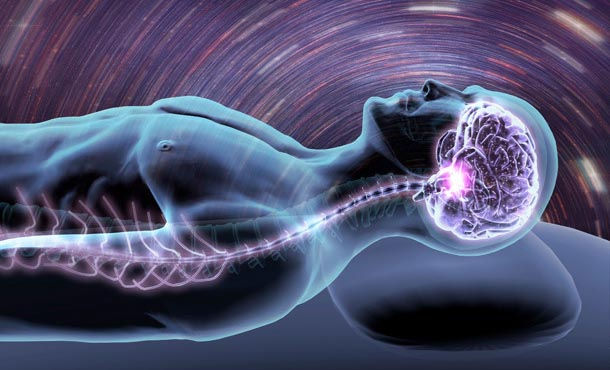How Brain controls Language and Speech
- Shamsi Mumtahina momo

- Dec 15, 2022
- 1 min read
The systematic mapping of higher cognitive functions to specific brain areas began in the 19th century when physicians learned that damage to particular regions of the cortex by injuries, strokes, or tumors can produce distinctive changes in a person's behavior. The French physician Pierra Broca conducted post mortem examinations of patients who could understand language but could not speak. He discovered that many of these patients had defects in a small region of the left frontal lobe. That region ( now known as Broca’s area) is located in front of the part of the primary motor cortex that controls muscles in the face.
The German physician Karl Wernicke also conducted examinations and found that damage to a posterior portion of the temporal lobe (now called Wernickle’s area) abolished the disability to comprehend speech but left speech generation intact. Over a century later, studies of brain activity using fMRI and positron-emission tomography have confirmed that Broca’s area is active during generation of speech and that Wernickle’s area is active when speech is heard.

Broca’s area and Wernickle’s area are part of a much larger network of brain regions involved in language. Reading a printed word without speaking activities activates the visual cortex whereas reading a printed word out activates both the visual cortex and Broca’s area. Frontal and temporal areas become active when meaning must be attached to words,such as when a person generates verbs to go with the nouns or groups related words or concepts.
References:




Comments